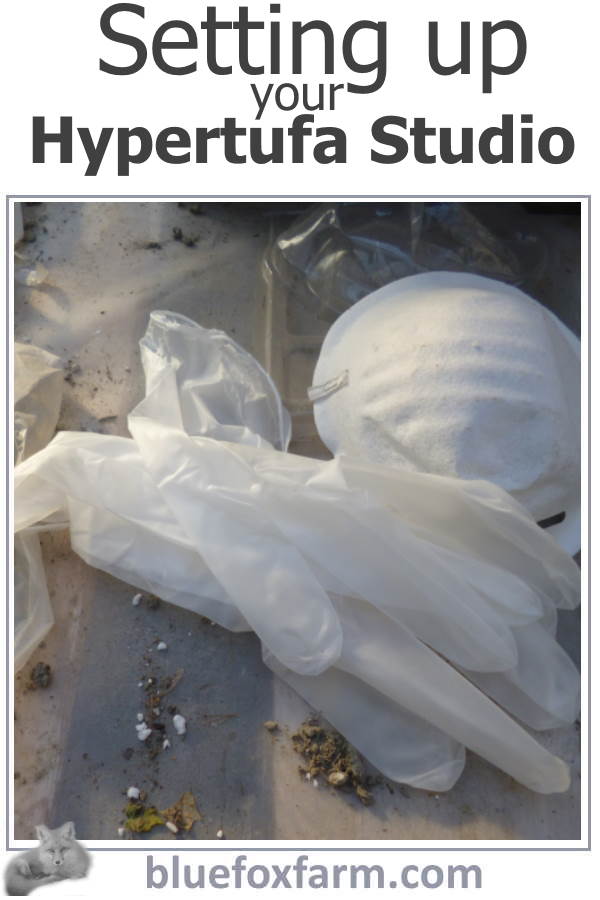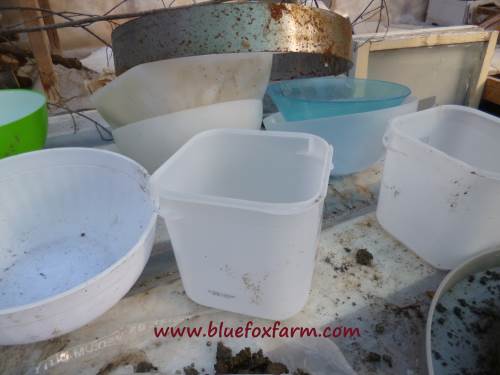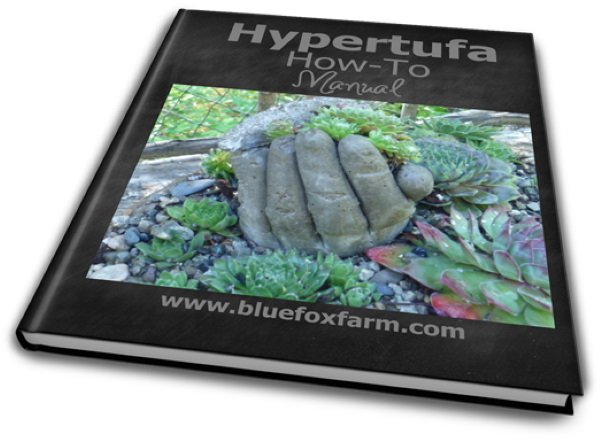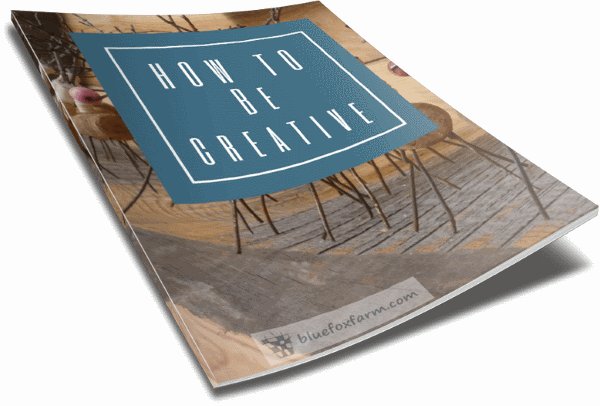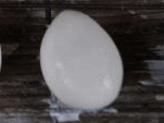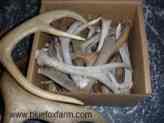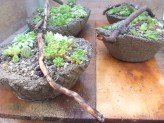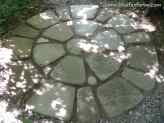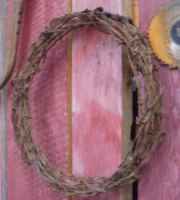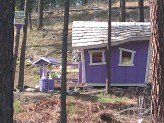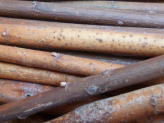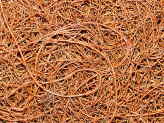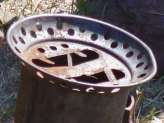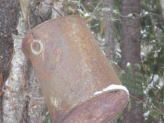Setting Up Your Hypertufa Studio
The Artisans Workshop
Jacki Cammidge, The Woman of Many Sticks, is a participant in the Amazon Services LLC Associates Program, an affiliate advertising program designed to provide a means for sites to earn advertising fees by advertising and linking to amazon.com. The cost to you, if you purchase something through my link, is the same.
Many crafts don't require a whole lot - a simple bench, with light to see by and a bit of storage. Hypertufa needs a bit more, but it still doesn't have to be complicated.
Here's how I set up my studio. Fall is usually my best time to make hypertufa, so my working area is seasonal.
Since I sold my online plant business a while ago, the plants no longer need any kind of care in the fall, and the weather is usually perfect for making some of my crafts.
As long as the temperatures don't go below freezing, I'm busy making millstones, thumb pots and pinch pots, among other projects.
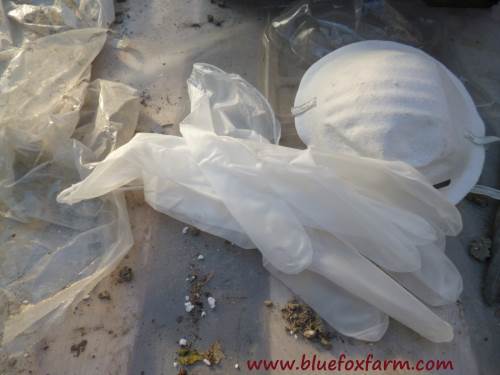
The cement has to cure in damp conditions without getting too cold, so as soon as the nights get really chilly progress grinds to a halt.
If you live in an area that doesn't get below freezing in the winter, you can safely continue creating to your hearts content.
Molds can be anything - line thrift store bowls, ice cream containers, light fixtures and so on with poly film in varying weights to give you different textures.
I've successfully raided the recycling to obtain all the plastic packaging possible, and thinking outside the box.
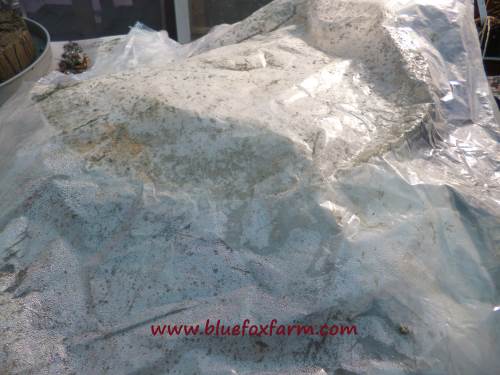
The best situation for me is to use my greenhouse - it's got the perfect height benches, and a water supply, as well as bright light from the plastic roof.
Storage is not that crucial, because all the pots will go outdoors, hopefully when the first rains start to fall, and they can continue to cure up until the snow flies.
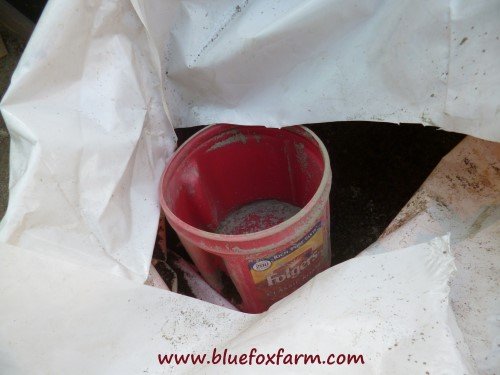
The trick is to try and use up all your supplies so they run out at the same time - if you're left with a bit of peat moss, or perlite, those are fine left until next year, but the portland cement powder doesn't last through the winter (damp or humid air turns it into concrete - duh!)
If you don't have the right ingredients, there are some substitutes if you need them.
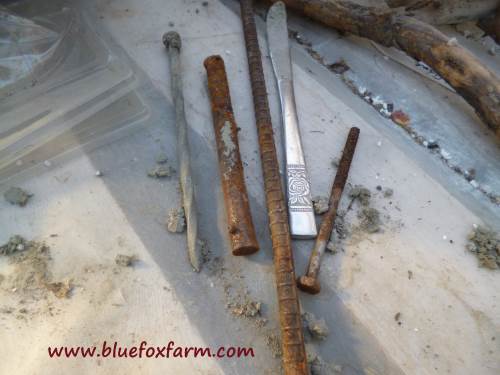
My water supply is rainwater captured from the roof of the woodshed, up above the house.
This is piped down using gravity to the barrels in the greenhouse - rainwater is perfect, because it's what is called 'soft' water, meaning it has no minerals in it.
If all you have is tap water or from a well, that's fine, but keep in mind that your finished projects could show the minerals as they leach out.
Get them outside into the rain, if possible.
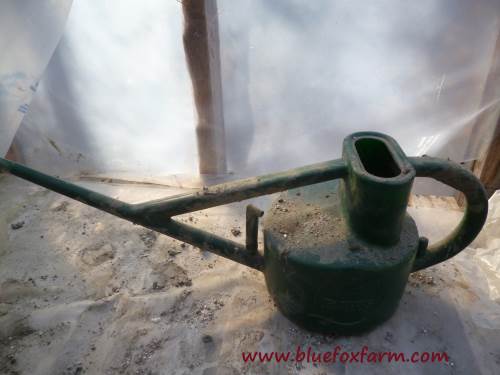
A few other things not mentioned before - a tub to mix the hypertufa in - I have a bussing tub from a restaurant, and it's the perfect size.
Bats, which are just plywood scraps to put the projects on to dry, and scissors or razor knife to cut the bags of supplies open and cut the pieces of poly film into manageable sizes.
Here are some supplies that I rely on;
Portland Cement PowderPerlite
Peat Moss
Other things you'll find indispensable when you get set up are the following supplies;
Vinyl Examination Gloves
Dust Masks
Your hypertufa studio might look totally different, and you'll evolve your own methods and find other tools that work best for you.
Keep an open mind when browsing the thrift store or even in your own house - you never know when you'll happen across the perfect item to make your hypertufa crafting easier.
Learn what it takes to be creative - we all have the gene but how do we develop it? Get the free guide!
Fill in the form below for your copy;
(Don't be disappointed - use an email address that will accept the free download - some .aol email addresses won't.
If you don't see your download within a few minutes, try again with another email address - sorry for the bother.)
